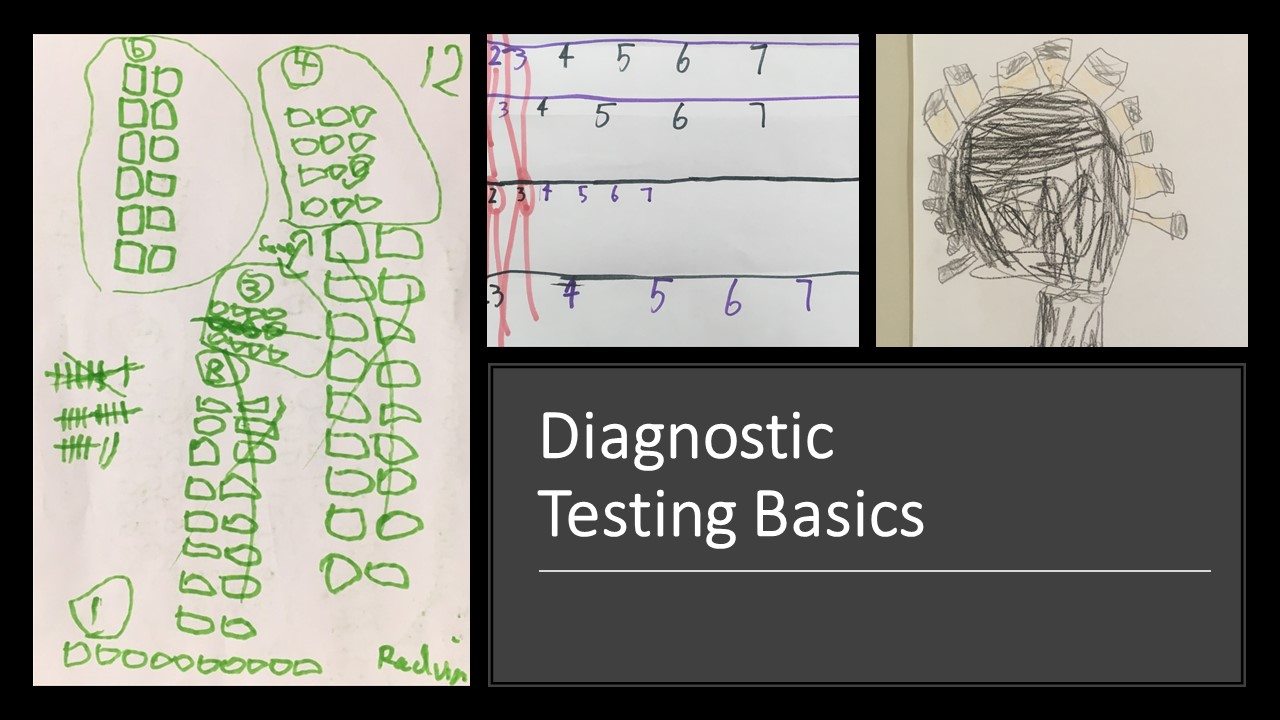
Formative assessment, developmental stages and starting the year well
The goal of formative assessment should always be to find out what each student NEEDS next, rather than focusing
 We often use hundreds charts to help children understand place value, but these generally stop at 100. Many students think that after 100 the numbers are counted: 101, 102, 103, 104, 105, 106, 107, 108, 109, 200. In this problem we try to help students understand that there are another whole hundred numbers between 100 and 200.
We often use hundreds charts to help children understand place value, but these generally stop at 100. Many students think that after 100 the numbers are counted: 101, 102, 103, 104, 105, 106, 107, 108, 109, 200. In this problem we try to help students understand that there are another whole hundred numbers between 100 and 200.
Start off by placing a hundreds MAB block on a centimetre grid. Trace around it, then add one more block and count 101. Write 101 on the square. Continue adding one block at a time until the whole row is completed. Ask students which block this row could be swapped for (a ten block), and then tell them that the name of this number is 110. Ask students why that would be the name of the number – try to have them make the connections with the blocks.
Repeat, row by row until you get to 200. Ask students if there is one block that all those tens could be swapped for. Ask them to guess what the name of that number would be.
![]() Most students think that the next place on from thousands is Millions, and struggle for a long time to work out that it is actually ten thousands. They have little conception of how big one million really is, and with the introduction of much larger numbers in ACARA it is very important that we build this understanding early in the year.
Most students think that the next place on from thousands is Millions, and struggle for a long time to work out that it is actually ten thousands. They have little conception of how big one million really is, and with the introduction of much larger numbers in ACARA it is very important that we build this understanding early in the year.
Try asking your class how many thousands cubes you would need to build the next number. This will give you a good understanding of whether or not they understand base ten. Then actually build it together! I like stacking the thousands cubes up so that they wobble.
Count in thousands as you stack them: one thousand, two thousand, three thousand, four thousand… Pause and ask the students how tall they think the stack will be. Try not to laugh. I’ve never yet had a class answer “one metre” without prompting! Mostly the answers stretch from between two metres and “through the roof, miss”. Help them to think through the size of one MAB, and then a height of a one thousand cube and then think about having ten of those put together.
Think about extending this problem to 100 000 or 1 000 000 depending on your students. Once you have worked out how big a number is, the next job is to think about how many thousands, hundreds, tens and ones would be needed to make it.

The goal of formative assessment should always be to find out what each student NEEDS next, rather than focusing
Recently I’ve been pondering findings from a major report into Australian schooling that kids who are struggling in maths by
Developing algorithms is an important area in AC9, and one that is new to many teachers.But what does it mean
Organising your classroom can be tricky, especially when behaviour is an issue. Here are two layouts that I find work,

Extension can be a tricky issue to deal with. While we can try to have extension questions for most in-class
Setting the scene for risk-taking One of the most difficult problems to overcome when establishing a problem-based classroom is encouraging

KENNEDY PRESS PTY LTD
FOR ALL ENQUIRIES, ORDERS AND TO ARRANGE PD:
© COPYRIGHT 2024 KENNEDY PRESS PTY LTD ALL RIGHTS RESERVED TERMS & CONDITIONS